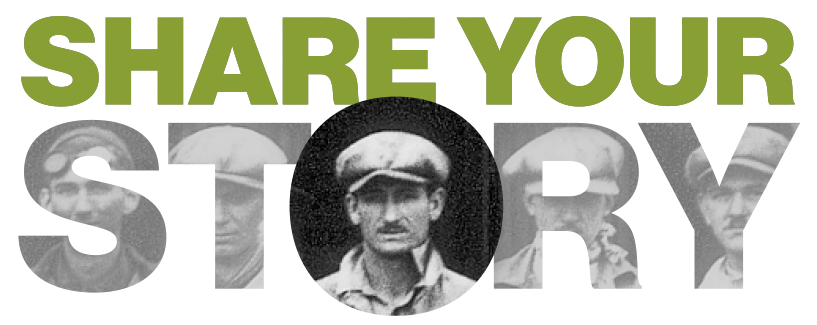On May 22, 1934, Louis McPhetridge von Thaden found herself surrounded by newspaper reporters at an impromptu news conference in Kansas City, Missouri. Louise, at age 28 and recognized as one of America’s famous female aviators, revealed that she planned to enter the MacRobertson International Trophy race to be flown from London, England, to Melbourne, Australia.
The race was sponsored by Sir MacPherson Robertson, Australian newspaper magnate and millionaire, to commemorate the 100th anniversary of the founding of the State of Victoria. First prize was worth more than $50,000 (U.S.), but pilots brave enough to compete would face tremendous risks along the 12,000-mile route. Louise was among 64 aviators from England, France, the United States and other countries who chose to meet the challenge.
She would be accompanied by her husband, Herbert von Thaden who was an experienced pilot, navigator and mechanic as well as designer of an all-metal monoplane transport known as the Thaden T-2. When asked by reporters what airplane she would fly, Louise said her mount would be a specially-built Beechcraft A17FS cabin biplane powered by a Wright Aeronautical SR-1820F3 static, air-cooled radial engine rated at 710 horsepower.

The powerful Beechcraft would carry 310 gallons of aviation fuel to feed the thirsty Wright radial that consumed as much as forty gallons per hour at typical cruise power settings. During the sizzling summer Louise and her husband plotted a Great Circle route that would require the best of Herbert’s skill in celestial navigation. To help further, “every known aid to airship navigation” would be installed in the A17FS, according to Louise. During July work on the airplane, however, slowed as Walter Beech gave priority to meeting delivery dates for the popular Beechcraft B17L.
By August it was clear that the A17FS would not be completed on schedule, and when the massive Wright engine arrived early in September it could not be installed because the airframe was still incomplete. Louise gradually realized that not only would the A17FS not be ready in time for the race, but she was woefully short of funding to pay the Beech Aircraft Company $25,000 for the biplane, and to pay another $8,000 for fuel and maintenance along the route.

By mid-September, and with the deadline for official entry only days away, Louise had to admit defeat and withdrew from the race. She told news-hungry reporters in Wichita, Kansas, that she had fallen far short of the financial goals required. In addition, she cited in particular the prohibitive costs of shipping the Beechcraft to England and having it serviced along the tortuous route to Melbourne. She even lacked cash deposits necessary to enroll as a competitor. Worse yet, she was deeply disappointed that people who had promised her money to compete in the race had failed to support her.
Although discouraged, she was also relieved. Years later she wrote in her book, “High, Wide and Frightened,” that “I was secretly glad we did not go. It was without question a foolhardy enterprise and a dangerous one. Once begun, I had not the courage to back out.” Those words, however, leave no doubt that she would have flown the bullish Beechcraft in the MacRobertson Trophy Race had the airplane been completed in time and adequate funding acquired.
The race was won by a deHavilland DH 88 “Comet” flown by C.W.A. Scott and Tom Campbell Black who completed the 12,300-mile trek in 70 hours, 54 minutes, 18 seconds flying time. As for the A17FS, it remained in storage for three months before Walter Beech sold it to the U.S. Department of Commerce to familiarize pilots on staff with the flight characteristics of high-performance airplanes.

 Back
Back